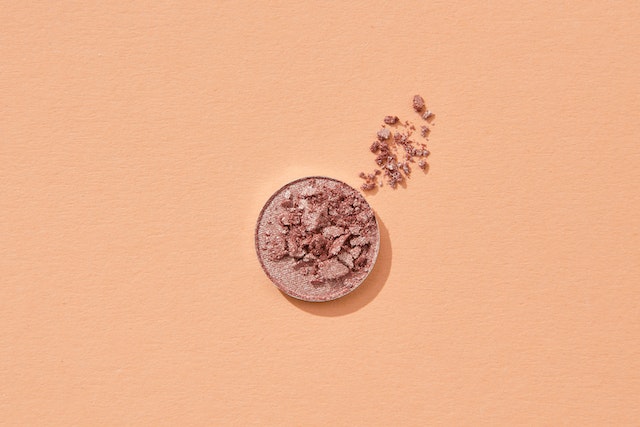Introduction
Noticing your birthmark changing size or color during pregnancy can be surprising. Many women wonder, how my birthmark grow during pregnancy? The truth lies in the powerful shifts in your body. From rising hormones to increased blood flow, these changes can affect skin marks. In this article, we’ll reveal the mystery behind birthmark growth during pregnancy. You’ll learn why it happens and when to speak with a doctor.
What Causes Birthmarks to Change in Pregnancy?
Pregnancy brings many shifts in your body. Two main factors influence birthmark changes:
- Hormonal Fluctuations: During pregnancy, levels of estrogen and progesterone rise significantly. These hormones can stimulate cells in vascular birthmarks (like hemangiomas) and pigmented marks (like moles), causing them to grow or darken.
- Increased Blood Volume: To support your baby, your blood volume can rise by 30–50%. More blood means veins and blood vessels near the skin can expand, making vascular birthmarks appear larger or more pronounced.
Types of Birthmarks Affected
Not all birthmarks respond the same way. Here are the most common types that may grow:
- Hemangiomas (Strawberry Marks): These red, raised marks are made of blood vessels. They can enlarge quickly when hormone levels peak in the second and third trimesters.
- Port-Wine Stains: Flat, pink or red patches caused by dilated blood vessels. They may darken or thicken over time but often need medical treatment to change significantly.
- Melanocytic Nevi (Moles): Pigmented marks can grow in size or become darker. The extra hormones can boost pigment production in melanocytes, the cells that give moles their color.
Hormones at Work: Estrogen and Progesterone
Two pregnancy hormones play key roles:
- Estrogen: This hormone helps blood vessels grow. More vessels mean vascular birthmarks can swell or become more vibrant.
- Progesterone: It relaxes blood vessel walls, which can cause them to widen. Wider vessels make red or purple birthmarks look bigger.
These hormones peak at different times. Estrogen surges in the first half of pregnancy, while progesterone continues to rise until delivery. Together, they reshape how birthmarks appear on your skin.
Increased Blood Flow and Vascular Growth
Your heart works harder in pregnancy. It pumps more blood to nourish you and your baby. This extra flow can have visible effects on birthmarks:
- Vascular Expansion: Blood vessels in and around a birthmark carry more blood. This makes hemangiomas look fuller and port-wine stains darker.
- Angiogenesis: Pregnancy can trigger the formation of new blood vessels. More vessels mean larger vascular birthmarks in some cases.
These changes are usually harmless. But if a birthmark grows too fast or starts to bleed, it’s wise to consult a healthcare provider.
When to Worry: Signs You Should See a Doctor
Most birthmark changes in pregnancy are safe. Yet certain signs need medical attention:
- Rapid Growth: If your birthmark doubles in size in weeks, get it checked.
- Pain or Bleeding: Any discomfort, raw spots, or bleeding is a red flag.
- Unusual Color or Texture: If the birthmark shifts to blue, black, or feels firm, seek advice.
Your OB-GYN can refer you to a dermatologist. They may perform an exam or recommend imaging to rule out other conditions.
Managing Birthmark Changes Safely

While you’re pregnant, avoid self-treatments. Here are safe steps to manage changes:
- Gentle Skincare: Use mild, fragrance-free cleansers. Avoid harsh scrubs or acids on birthmarks.
- Sun Protection: UV rays can darken pigmented birthmarks. Wear broad-spectrum sunscreen and cover up when outdoors.
- Regular Monitoring: Take photos monthly to track size and color. Share these with your doctor at prenatal visits.
After delivery, many birthmarks return to their pre-pregnancy state as hormone levels drop.
Treatment Options After Pregnancy
If your birthmark remains large or bothersome, treatments can help:
- Laser Therapy: Targets blood vessels in vascular birthmarks, fading redness and reducing size.
- Topical or Oral Medications: Drugs like propranolol can shrink infantile hemangiomas. A dermatologist can advise if similar approaches suit adults.
- Surgical Removal: For stubborn or raised pigmented birthmarks, minor surgery may be an option.
Always wait until after you finish breastfeeding to start most treatments.
Embracing Your Changing Body
Pregnancy is a time of transformation. While birthmark changes can feel odd, they are a normal part of how your skin adapts to support new life. Remember:
- Body Positivity: Many women find their marks tell a story of maternity and strength.
- Support Networks: Share experiences with friends or online groups. You’re not alone in noticing skin shifts.
- Self-Care: Gentle skincare and healthy habits boost confidence and skin health.
Your body works hard for you and your baby. Celebrate its power and flexibility.
Conclusion
Pregnancy brings dramatic changes to your skin, including birthmark growth. Rising hormones—estrogen and progesterone—along with increased blood flow can enlarge vascular marks and darken moles. While most changes are harmless, watch for rapid size shifts, pain, or bleeding. Protect your skin with gentle care and sun safety. After delivery, marks often settle back, but medical treatments can help if they remain. Embrace these changes as part of your remarkable pregnancy journey. If you ever feel unsure, trust your instincts and seek professional advice.










